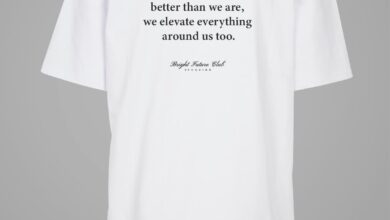12 Timeless Vampire Movies That Redefine the Genre Forever
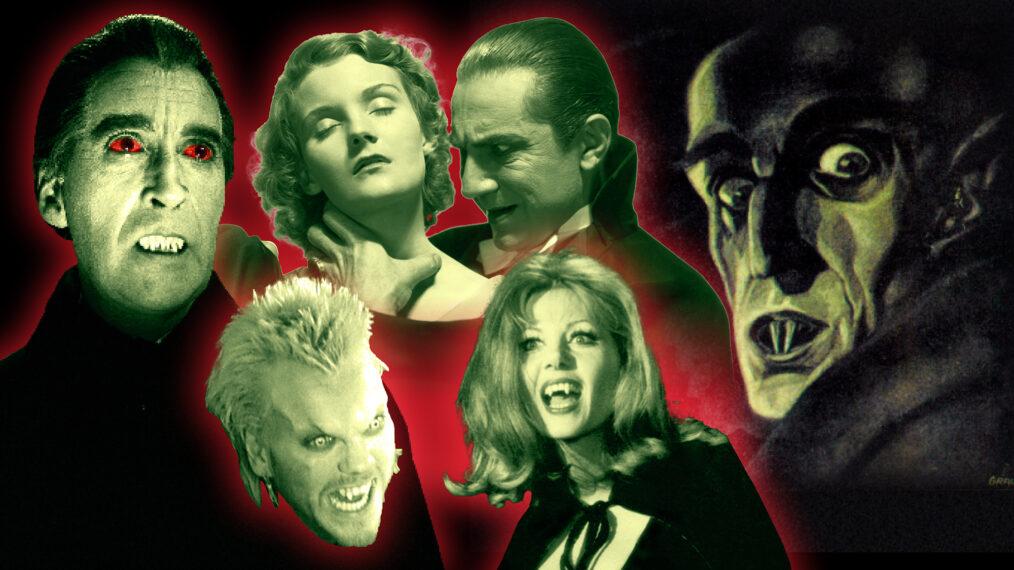
Step into the shadowy world of the undead, where the allure of darkness meets the brilliance of storytelling. Vampires have long captivated audiences with their enchanting charm and sinister edge, evolving through the decades alongside societal fears and desires. In this listicle, we present “12 Timeless Vampire Movies That Redefine the Genre Forever.” Each entry on our curated list offers a unique lens into the vampire mythos, revealing how these films have transformed cinematic tropes, influenced pop culture, and explored deeper themes of love, immortality, and the human condition. Whether you’re a lifelong fan or a newcomer to the genre, prepare to rediscover the chilling beauty of these classic tales, as we delve into the films that have etched their mark on vampire lore and continue to resonate with viewers today.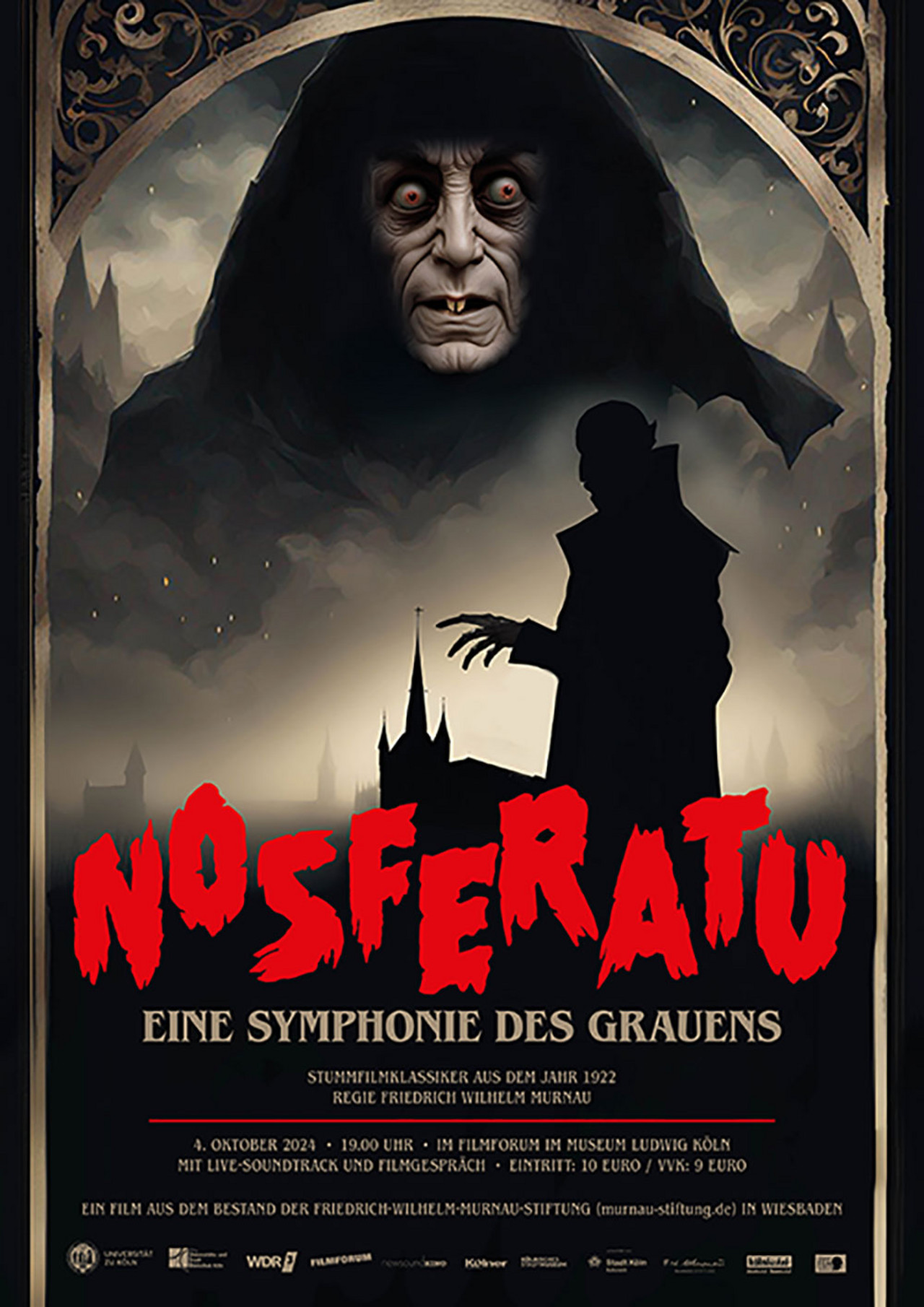
1) Nosferatu (1922) – This silent film classic directed by F.W. Murnau introduced the world to an unsettling version of the vampire myth. With its striking imagery and expressionistic style, Nosferatu set the stage for generations of horror films while embodying themes of obsession and despair
The haunting visage of Count Orlok, portrayed by Max Schreck, in this groundbreaking silent film sends shivers down the spine with its uncanny presence. F.W. Murnau masterfully combines shadow and light to create an atmosphere that is mesmerizing yet disquieting. Nosferatu transcends mere horror; it delves into deeper themes of obsession, despair, and the primal fear of the unknown. Its innovative use of chiaroscuro enhances the eerie vibe, making it a rich visual experience. The film’s portrayal of the vampire as a grotesque figure, rather than the romanticized heroes of later adaptations, invites audiences to confront their darkest fears and emotions head-on.
Key elements that have ensured the film’s lasting legacy include:
- Expressionistic Cinematography: The unique interplay of light and shadow captivates viewers and sets a precedent for future horror visuals.
- Soundless Storytelling: Despite being a silent film, its narrative speaks volumes through visual cues and haunting imagery.
- Unconventional Vampirism: Orlok’s eerie appearance and unsettling mannerisms emphasize the terror that lurks within the archetype or vampire lore.
- Cultural Impact: The film influenced countless adaptations and reimaginations of vampire tales, solidifying its status as a cornerstone of the genre.
| Aspect | Impact |
|---|---|
| Visual Style | Introduced a distinct aesthetic that would define horror cinema. |
| Characterization | Reinvented the vampire character, moving away from traditional elegance. |
| Themes | Highlighted complex themes of alienation and fear. |
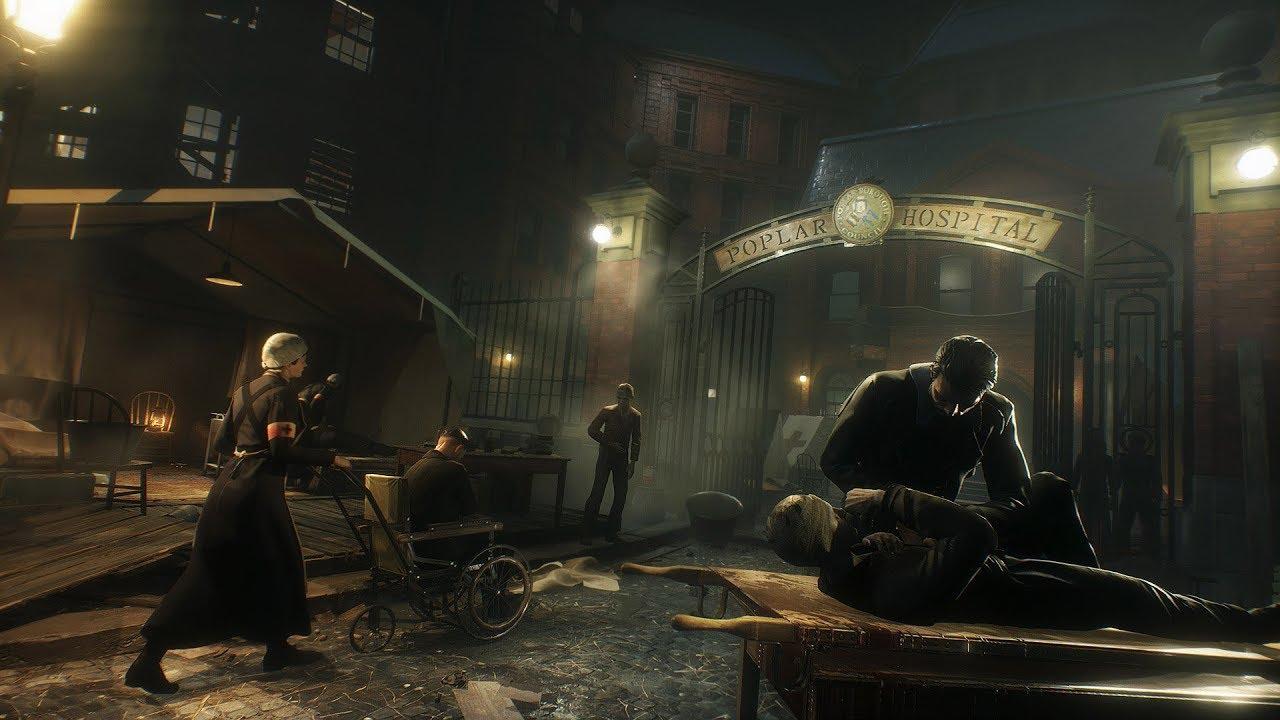
2) Vampyr (1932) – A groundbreaking work by Carl Theodor Dreyer, Vampyr blends the supernatural with dreamlike visuals to create a haunting atmosphere. This film challenges traditional narratives, focusing on psychological horror and the ethereal experience of the undead
In the realm of early cinema, Vampyr stands out as a mesmerizing exploration of the vampire mythos, shaped by Carl Theodor Dreyer’s unorthodox vision. This film eschews a conventional narrative, instead weaving a tapestry of dreamlike imagery and fragmented storytelling that plunges the viewer into a world both eerie and enchanting. The protagonist, David Gray, finds himself ensnared in a nightmarish realm where reality and the supernatural intertwine, leading to an exploration of psychological horror that redefined the contours of the genre.
Dreyer employs a striking visual style that enhances the ethereal experience of the undead. His innovative use of light and shadow, coupled with haunting soundscapes, creates a disorienting atmosphere that captivates audiences. Key elements that contribute to the film’s lasting impact include:
- Dream Logic: A narrative structure that mimics the fluid transitions of dreams.
- Atmospheric Cinematography: Groundbreaking techniques that reinforce the themes of dread and despair.
- Psycho-Spiritual Depth: A focus on existential themes, delving into fear and faith.
The film’s ambition and artistry have inspired countless filmmakers and continue to resonate with modern audiences, cementing its status as a timeless masterpiece that transcends its era.

3) The Hunger (1983) – Combining elements of romance and horror, Tony Scott’s stylish film explores the existential crisis of immortality through the lives of a vampire couple played by Catherine Deneuve and David Bowie. Its lush visuals and compelling performances make it an iconic representation of vampire allure
In a mesmerizing blend of romance and horror, Tony Scott presents a visually stunning interpretation of the vampire mythos that lingers long after the credits roll. The film follows Miriam, played by the ethereal Catherine Deneuve, a centuries-old vampire who is both alluring and tragic, rooted in a world that offers no escape from the cycle of immortality. Opposite her is David Bowie as the tormented John, whose own existential despair is compounded by the haunting realization of his fading youth and the ultimate oblivion that awaits him. Their relationship, saturated in both desire and despair, encapsulates the duality of beauty and horror that often characterizes vampire lore.
The film excels not only in its thematic depth but also in its artistic presentation. Tony Scott’s direction melds striking visuals with a haunting score, creating an atmosphere that feels both dreamlike and nightmarish. Each frame is meticulously crafted, featuring lush cinematography that emphasizes the seductive charm of the vampire’s world. The film invites viewers to ponder the implications of eternal life, loneliness, and the insatiable hunger that defines the vampire experience. With its iconic style and profound narrative, this cinematic gem redefines the allure of the vampire genre while leaving audiences spellbound.
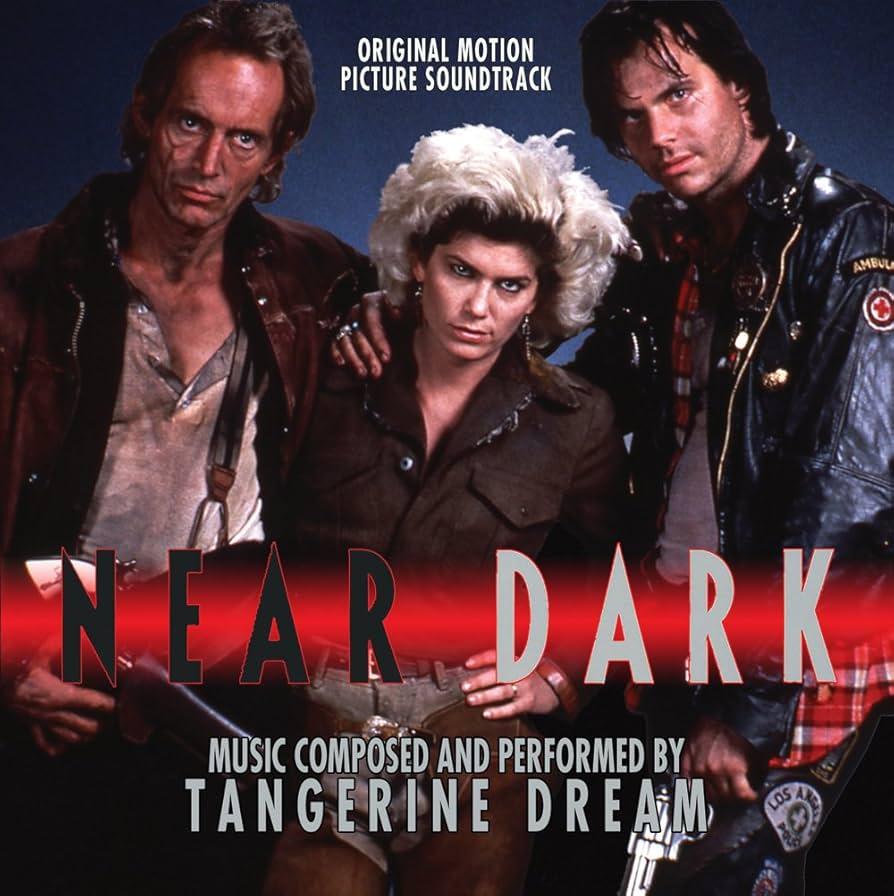
4) Near Dark (1987) – Directed by Kathryn Bigelow, this film redefined the vampire genre by blending it with Western elements. With a focus on a group of nomadic vampires and their gritty, dangerous lifestyle, Near Dark appeals to those who appreciate a more rugged interpretation of vampirism
Directed by Kathryn Bigelow, Near Dark stands out as a transformative entry into vampire cinema, intertwining the blood-sucking lore with the ruggedness of the American West. The film features a thrilling tale of a young man, Caleb, who is drawn into a world of nocturnal predators when he encounters a seductive woman named Mae. As Caleb is introduced to her band of nomadic vampires, the film explores themes of survival, loyalty, and the primal instincts that unite them in their life of crime and bloodlust. By eschewing the traditional gothic settings typical of vampire narratives, Bigelow creates a visceral atmosphere that feels raw and authentic, effectively reflecting the characters’ brutal existence on the fringes of society.
The film’s aesthetic complements its narrative, with gritty cinematography and a haunting score that accentuate the tension and danger inherent in its Western-laced story. The characters are vividly portrayed by a talented cast, including Bill Paxton and Jenette Goldstein, who bring an intense realism to their roles as cold-blooded but undeniably charismatic vampires. Whether it’s the chilling portrayal of their daily struggles or the stark landscapes they traverse, Near Dark invites viewers to rethink the very essence of vampirism. By grounding these supernatural elements within the context of a desperate and lawless environment, it succeeds in offering a refreshingly rugged interpretation of a genre that has often strayed towards romanticism and fantasy.
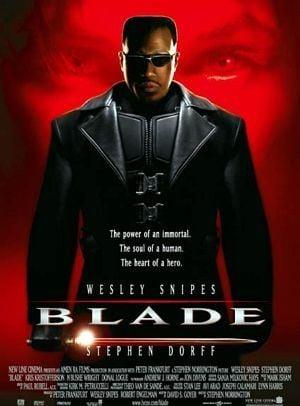
5) Blade (1998) – Revitalizing the superhero genre while infusing it with vampire lore, Blade features Wesley Snipes as a half-vampire hunter. Its blend of action, martial arts, and dark humor paved the way for future adaptations and created a new archetype for the vampire hunter
Released in 1998, this film not only revived the fading superhero genre but also introduced a unique twist to the vampire mythos with its compelling narrative and unforgettable characters. Wesley Snipes stars as Blade, a half-vampire, half-human hybrid with the extraordinary abilities necessary to hunt down the very monsters that haunt the night. The film skillfully blends action, martial arts, and dark humor, carving out a niche where horror meets comic book heroics. By showcasing Blade as a fierce warrior, it challenged the conventional portrayal of vampires, setting up a new archetype for vampire hunters that resonated throughout the genre and beyond.
The film’s aesthetic and narrative innovation paved the way for a wave of adaptations that would follow. Blade’s gritty world, punctuated by intense fight scenes and iconic one-liners, redefined the vampire genre, making it relevant to a generation seeking both thrills and sophistication in storytelling. The carefully crafted supporting characters, like the chilling “Deacon Frost,” only added depth to its chilling theme of betrayal and redemption. With its modern soundtrack and sleek visuals, Blade became a cultural touchstone, inspiring a flurry of films and series that attempted to capture its unique blend of horror and heroism, proving that even the darkest subjects could be reimagined for the big screen.
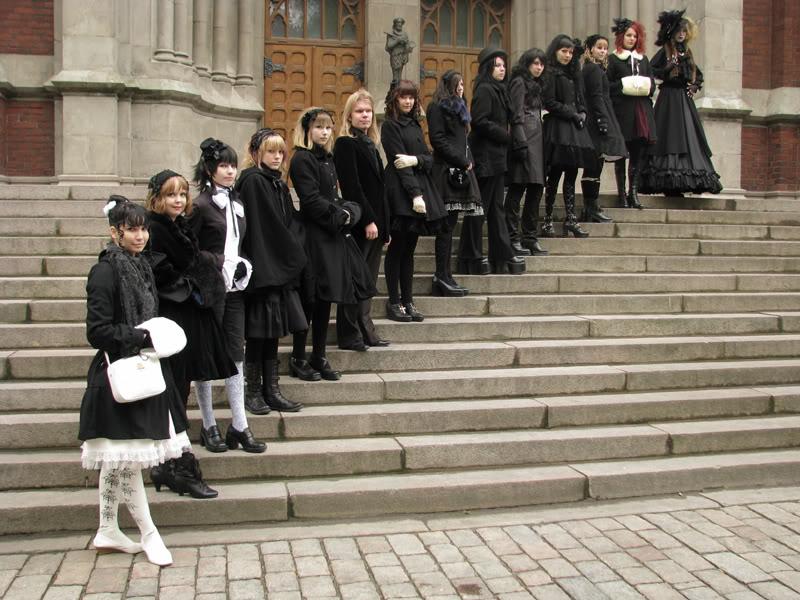
6) What We Do in the Shadows (2014) – This mockumentary offers a fresh and comedic take on the vampire lifestyle, following a group of vampires living in modern-day New Zealand. With its clever writing and absurd humor, it provides a unique perspective on the challenges of being an immortal in a contemporary world
This hilarious mockumentary takes a whimsical dive into the lives of four vampires cohabitating in a flat in Wellington, New Zealand. The film’s charm lies in its ability to present a mundane routine viewed through an immortal lens—think laundry days, dinner parties, and the eternal struggle of finding the right outfit for a night out. With standout characters like the flamboyant energy vampire Colin Robinson and the tormented romantic Nandor, the film artfully blends absurdity with relatable themes of friendship and rivalry, making audiences chuckle as they grapple with the absurdity of their vampire lifestyles.
What sets this film apart from traditional vampire lore is its witty examination of modern-day challenges, such as:
- Dating in the 21st century: Navigating the complexities of dating apps and online interactions while being centuries old.
- Household chores: The trials of managing household duties when you have no reflection.
- Local laws: Struggling with the constraints of contemporary society, such as noise complaints and zoning regulations.
With clever writing and improvisational dialogue, it shines a light on the absurdities of being immortal in a world that’s constantly changing, giving fans a fresh perspective that breathes new life into the vampire genre.
Wrapping Up
As the sun sets on our exploration of these 12 timeless vampire films, we hope you’ve discovered new favorites and rekindled your passion for the classics. Each of these movies not only embodies the allure and terror of the vampire mythos but also redefines what it means to tell a story steeped in darkness, desire, and conflict. From the brooding elegance of the romantic anti-hero to the stark realities of survival and alienation, these films invite us into worlds where the line between life and death blurs, and morality grapples with the monstrous.
Whether you find yourself drawn to the gothic charm of yesteryear or the modern twists that challenge conventional narratives, there’s no denying that the vampire genre continues to evolve, reflecting our deepest fears and desires. So, as you dive into your next movie night, remember that the bloodsuckers lurking in the shadows carry tales worth telling—timeless stories that resonate across generations. Happy viewing!

